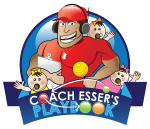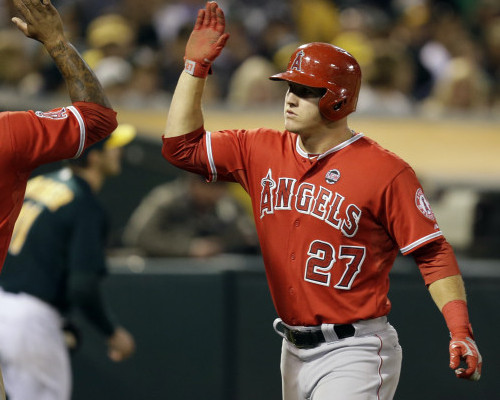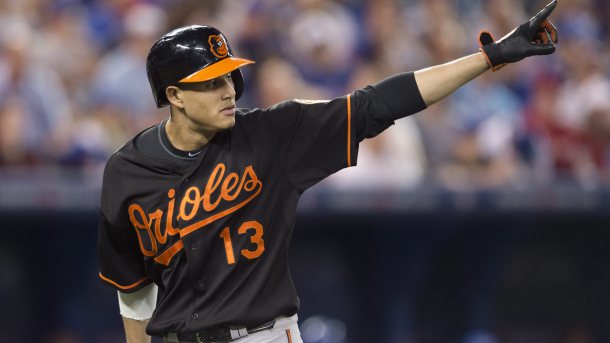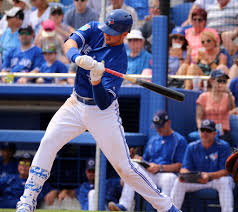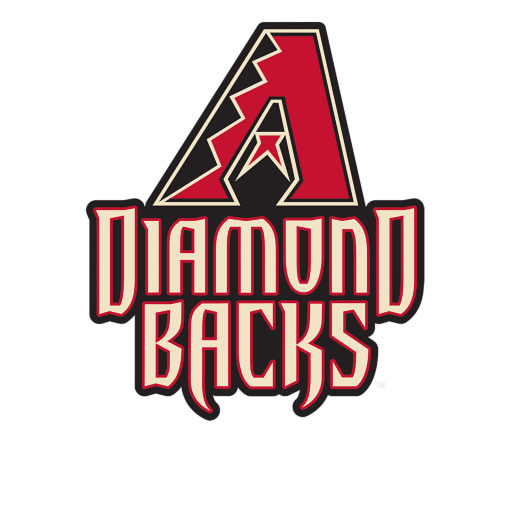Welcome back to fantasy baseball (insert my best Horshack voice). No, I am not that old that the last time I participated in a league was during the time of bellbottoms and Oscar Gamble’s afro. Rather, it was during the time of flannels and the greatness of Seattle, both in music and on the field. This is my ongoing diary for Fantasy Judgment of my experience venturing back into fantasy baseball. I will provide insight and observations throughout the season of my team, league, and general perception of fantasy baseball from the perspective of someone who has been out of the game for awhile and is now back. Think of me as the Unfrozen Caveman Fantasy Baseball Player. FIRE BAD!
 A lot has changed since the late 1990’s. Seattle is now known for its coffee and its baseball team is a cellar dweller with only a few players worth drafting. (Editor’s Note: thanks to the Houston Astros, the Mariners are almost guaranteed not to finish in last place in the AL West). The players around the league don’t quite fill out the uniforms, or the box scores, the way they did in the 1990’s. It is no secret that players’ statistics today pale in comparison with those achieved before the Mitchell Report. Gone are the days of middle infielders dominating the homerun and RBI categories (thanks Bret Boone). If anything, Major League Baseball is now reminiscent of the 1980’s in terms of positional values. The best example would be Robinson Cano having equivalent value as Ryne Sandberg did in the mid 1980’s. I am quite happy about that because I feel this trend actually helps me in my comeback quest.
A lot has changed since the late 1990’s. Seattle is now known for its coffee and its baseball team is a cellar dweller with only a few players worth drafting. (Editor’s Note: thanks to the Houston Astros, the Mariners are almost guaranteed not to finish in last place in the AL West). The players around the league don’t quite fill out the uniforms, or the box scores, the way they did in the 1990’s. It is no secret that players’ statistics today pale in comparison with those achieved before the Mitchell Report. Gone are the days of middle infielders dominating the homerun and RBI categories (thanks Bret Boone). If anything, Major League Baseball is now reminiscent of the 1980’s in terms of positional values. The best example would be Robinson Cano having equivalent value as Ryne Sandberg did in the mid 1980’s. I am quite happy about that because I feel this trend actually helps me in my comeback quest.
 I started playing fantasy baseball in a Rotisserie league in the late 1980’s and absolutely loved it. I assigned players a value based on position eligibility and looked to maximize my dollars according to the values I assigned during our league auction. The draft was everything I had hoped it would be – exciting, fun, and all together exhilarating. The rest of the season was always a letdown. The time before cell phones and the Internet did not make a long season exciting. I would follow my teams performance in the Daily News box scores, but there was no league banter or trades of any kind. The last thing on anyone’s mind was riding a bike across town just to get Tim Wallach or Kelly Gruber, when your Yankee third baseman didn’t materialize. Teams would be drafted and set adrift, and it would always leave a bad taste in my mouth.
I started playing fantasy baseball in a Rotisserie league in the late 1980’s and absolutely loved it. I assigned players a value based on position eligibility and looked to maximize my dollars according to the values I assigned during our league auction. The draft was everything I had hoped it would be – exciting, fun, and all together exhilarating. The rest of the season was always a letdown. The time before cell phones and the Internet did not make a long season exciting. I would follow my teams performance in the Daily News box scores, but there was no league banter or trades of any kind. The last thing on anyone’s mind was riding a bike across town just to get Tim Wallach or Kelly Gruber, when your Yankee third baseman didn’t materialize. Teams would be drafted and set adrift, and it would always leave a bad taste in my mouth.
The late 90s offered more excitement with the Internet being utilized, but once again getting a league to actually care, and stay interested for 162 games grew impossible. We were latch key kids who had grown up with the remote control. We had the attention spans of 6 year olds listening to a lecture. If you were not entertaining us than you were switched off.
Fantasy football became my passion. A draft that had all the excitement I was looking for, and a short season that kept mine, and everyone else in the league’s attention. The format was perfect, head to head week after week, divisions and playoffs culminating before the end of the season. Fantasy football and the rush associated became a increasingly addictive. I joined more and more leagues. I went through withdrawal after the season ended, even if I won the title. I would count the days to the draft, and look at meaningless Football news in the middle of May as if my life depended on it.
I needed an intervention, or at least a good fantasyadone clinic. Now at the height of my addiction, in walks a head-to-head fantasy baseball league and my attention is grabbed. I was still following baseball and all of its storylines, but had pretty much become New York-centric. If it didn’t have to do with the Yankees or Mets, I really did not care.
I was going to have to do some homework and fast. Luckily all of my draft strategies and GM skills easily translated to the new format for fantasy baseball. First and foremost I was looking at which positions were deep and which positions I needed to put a premium on based on scarcity. I also did the leg work and polled other GMs as to the pervasive draft strategies that I needed to try and stick to. The biggest tip I got was to try and get a stud number one starting pitcher in the first three rounds. If I didn’t, I would be gambling the rest of the draft to make up the difference. This theory easily paralleled my draft strategy in football as it is always imperative to get a top 6 quarterback in the first three rounds, otherwise you are gambling the rest of the draft with unproven commodities. While RG3 and Andrew Luck carried teams early, late in the season the owners who gambled on them mostly fell to the wayside. I feel the same way about GMs in fantasy baseball who think they are going to ride Matt Harvey and players of his ilk to the Promised Land. It’s a long season and I want a player that has been there and done that, not one that I have to draft way to early and hope that they are the exception to the rule.
I hope you tune in and don’t change the channel as I update you throughout the year on my reintroduction to fantasy baseball.
